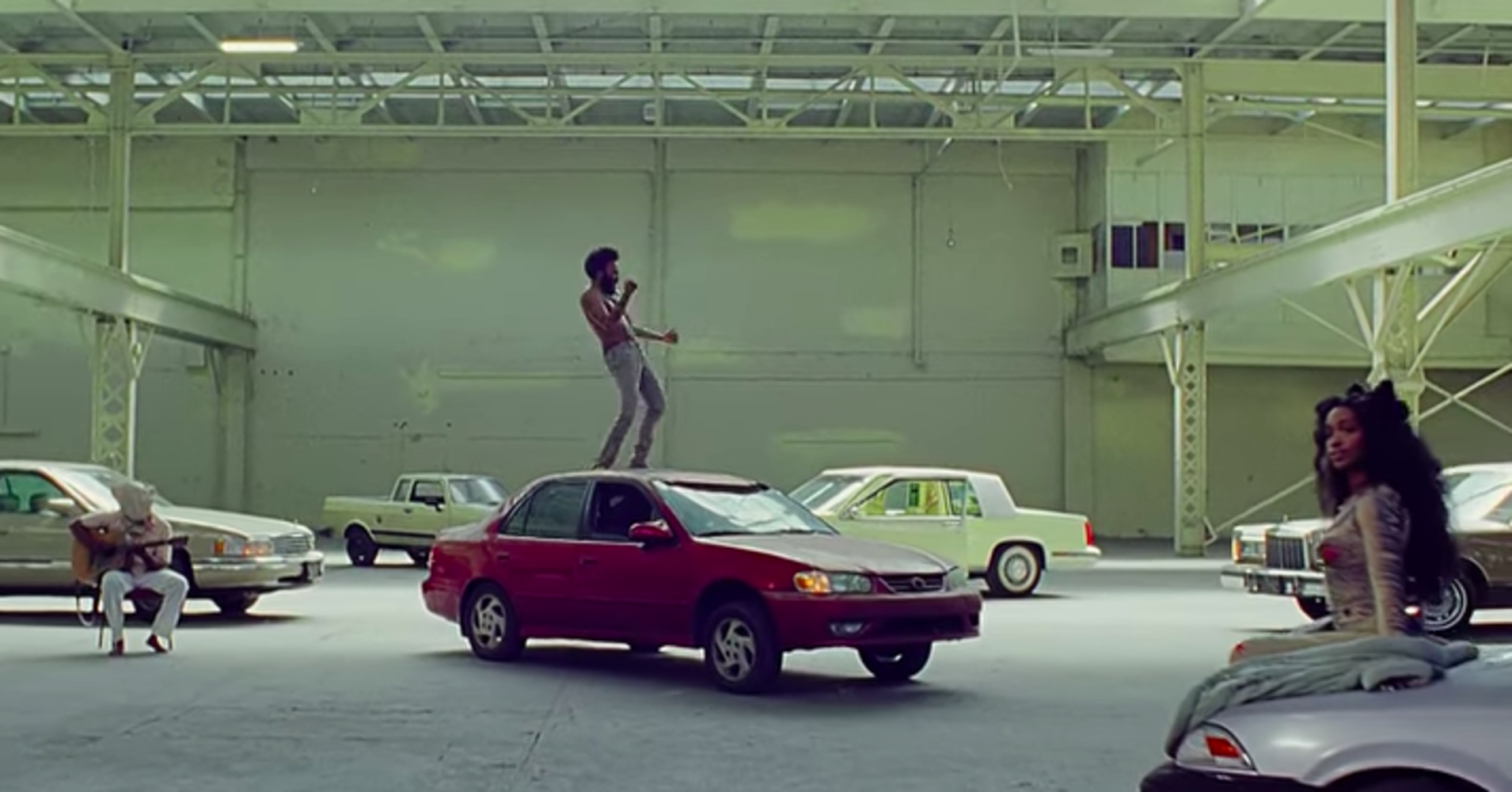[ad_1]

A producer of Childish Gambino’s “This Is America” music video revealed new details about its much-discussed meanings and hidden references.
Ibra Ake, a writer for FX’s “Atlanta” and the creative director for Childish Gambino, whose real name is Donald Glover, opened up about the viral video in an interview Tuesday with WNYC radio.
“We try to make stuff in a vacuum in a way where we’re not influenced by what was made before us, which usually ― in the media specifically ― comes from a white world and a white infrastructure,” Ake told Tanzina Vega, host of WNYC’s “The Takeaway.”
“This Is America,” which has been viewed more than 50 million times on YouTube since its Saturday debut, has been dissected over and over again by hordes of fans, art critics and activists. Many viewers applauded the video for its powerful commentary on black oppression and gun violence in America.
“We reduced it to a feeling ― a very black feeling, a very violent feeling, but also a very fun feeling,” Ake said of the video, which features Childish Gambino and a crew of schoolchildren Gwara Gwara dancing as the world literally burns in the background.
“If you’re at the club and there’s a shooting outside, you still have to go get food afterwards and you have to compartmentalize that,” Ake said about the video’s vacillation between chaos and joy, violence and dance. “Being marginalized is compartmentalizing trauma to exist in the world. I cant stop being black because of trauma and discrimination. I still have to live life and forge on.”
Being marginalized is compartmentalizing trauma to exist in the world. I cant stop being black because of trauma and discrimination. I still have to live life and forge on.
Ibra Ake, “This Is America” producer and “Atlanta” writer
Ake discussed some under-the-radar references, like Childish Gambino’s facial expressions being partially inspired by Jim Carey in 1994′s “The Mask.” He also confirmed some of the more popular theories about references to Jim Crow and the late Fela Kuti, the legendary Nigerian musician whose look and dance moves were heavily incorporated in the video.
″Our goal is to normalize blackness,” Ake said. “This is how we would like to dance, but we have to be aware of the danger and the politics of how we’re perceived and the implications of the history of how we were treated.”
“There’s all this math you’re constantly doing expressing yourself,” he continued. “We’re trying to not have to explain ourselves to others and just exist, and not censor what our existence looks like as people.”
Although Childish Gambino has been called a genius and one of the most important voices of our generation for “This Is America,” some have criticized the video for its depiction of violence against black people.
Ake responded to Luse’s comments Tuesday.
“I definitely feel her,” Ake said. “I think that’s just the nature of where we are and we don’t control that. I [know] a lot of people of color who, when we’re seeing a lot of images of violence ― especially against us ― have to take a break and cry in the bathroom and go back to work. That’s just part of life in America.”
Listen to Ake’s full interview on WNYC below:
[ad_2]
Source link

